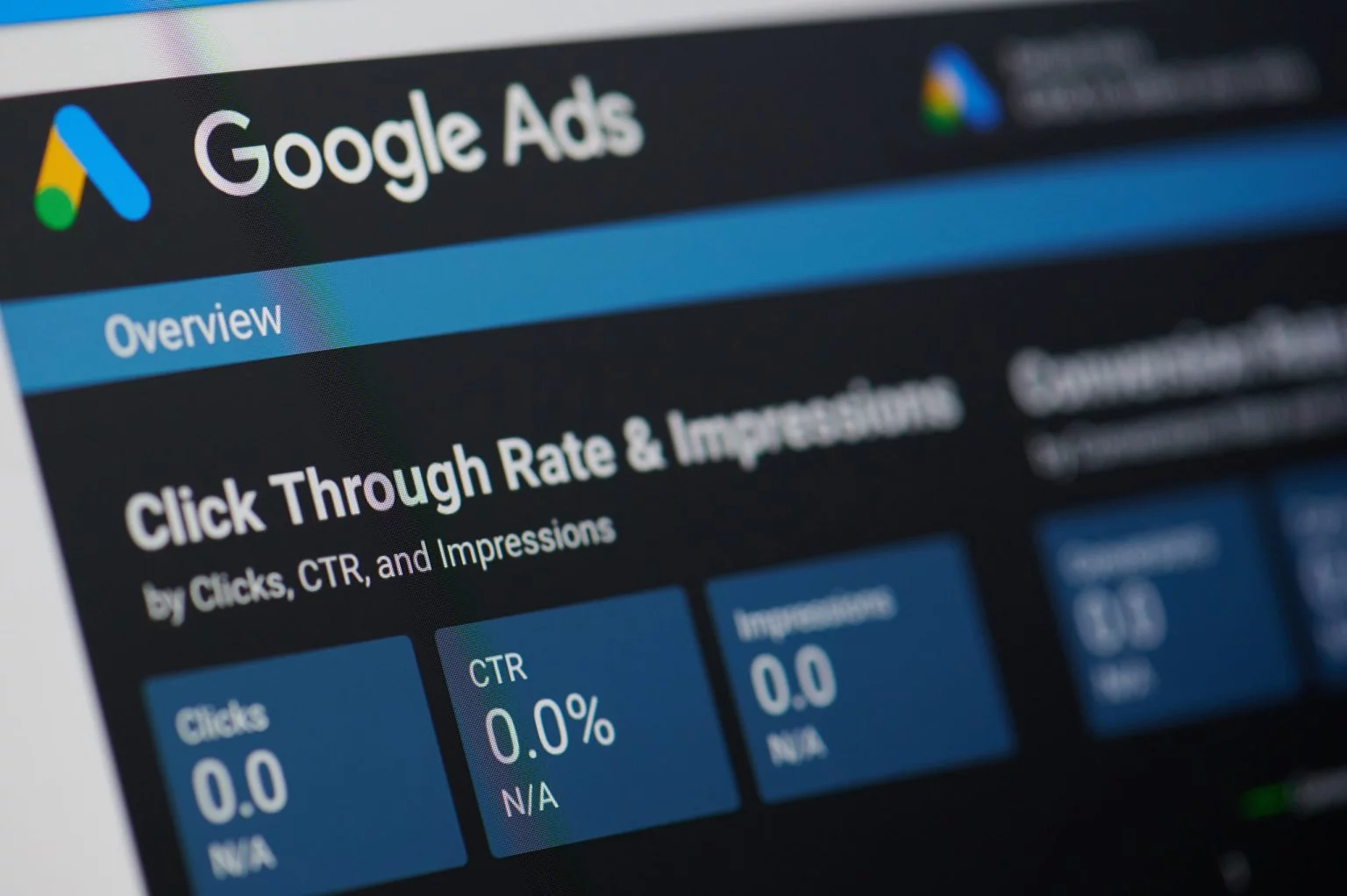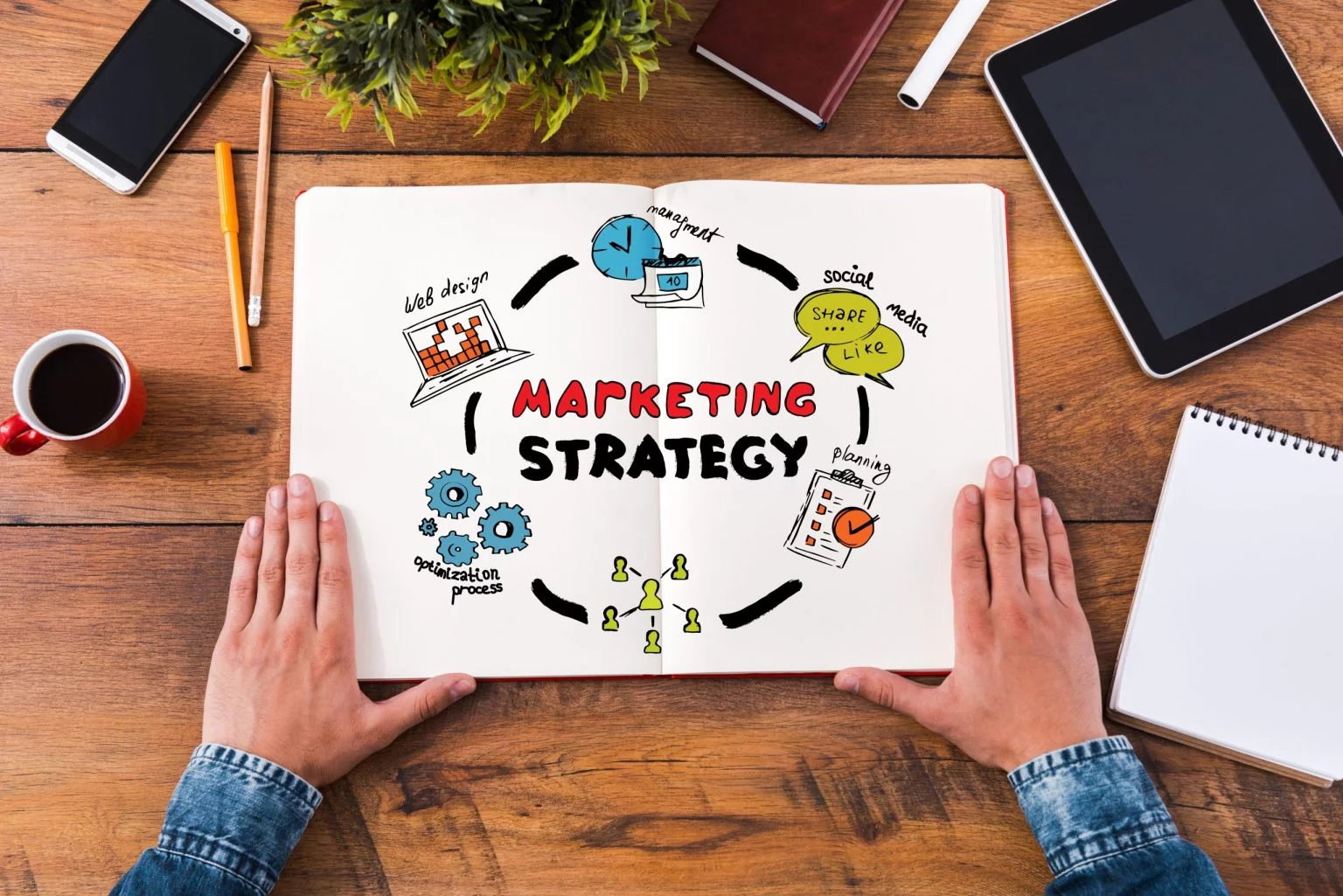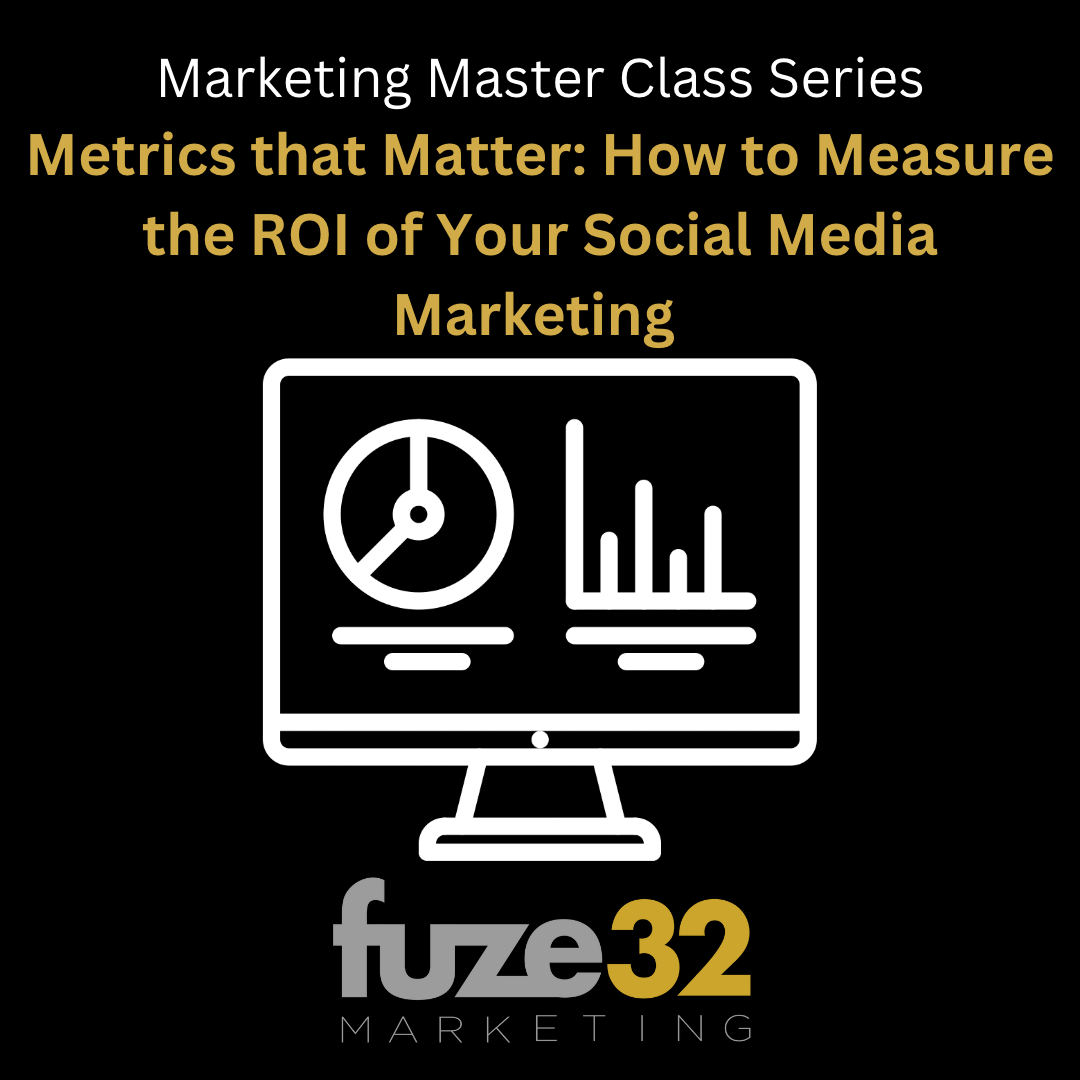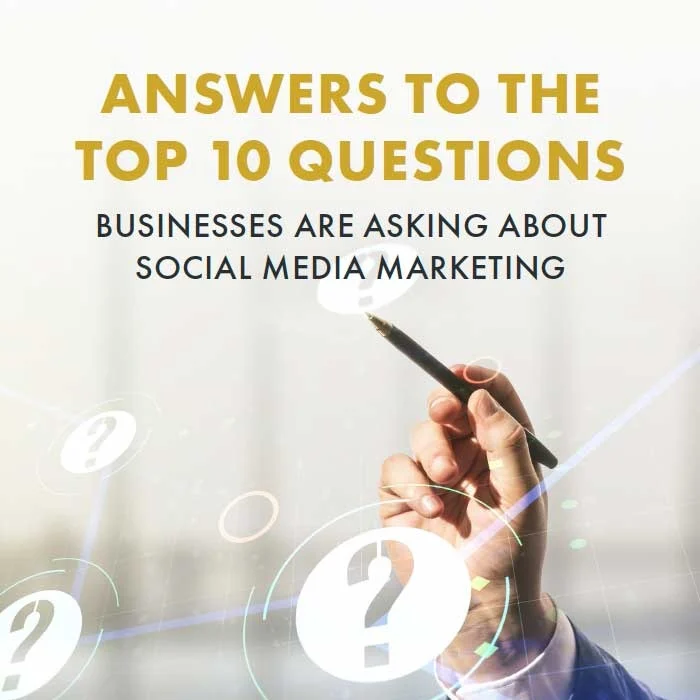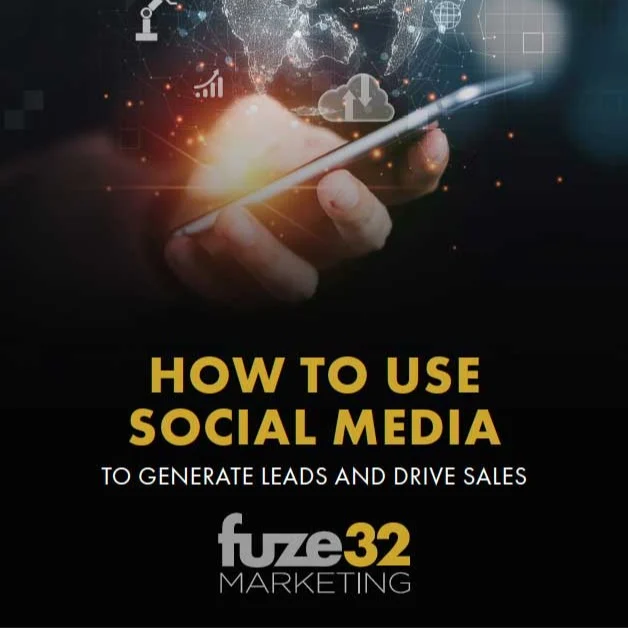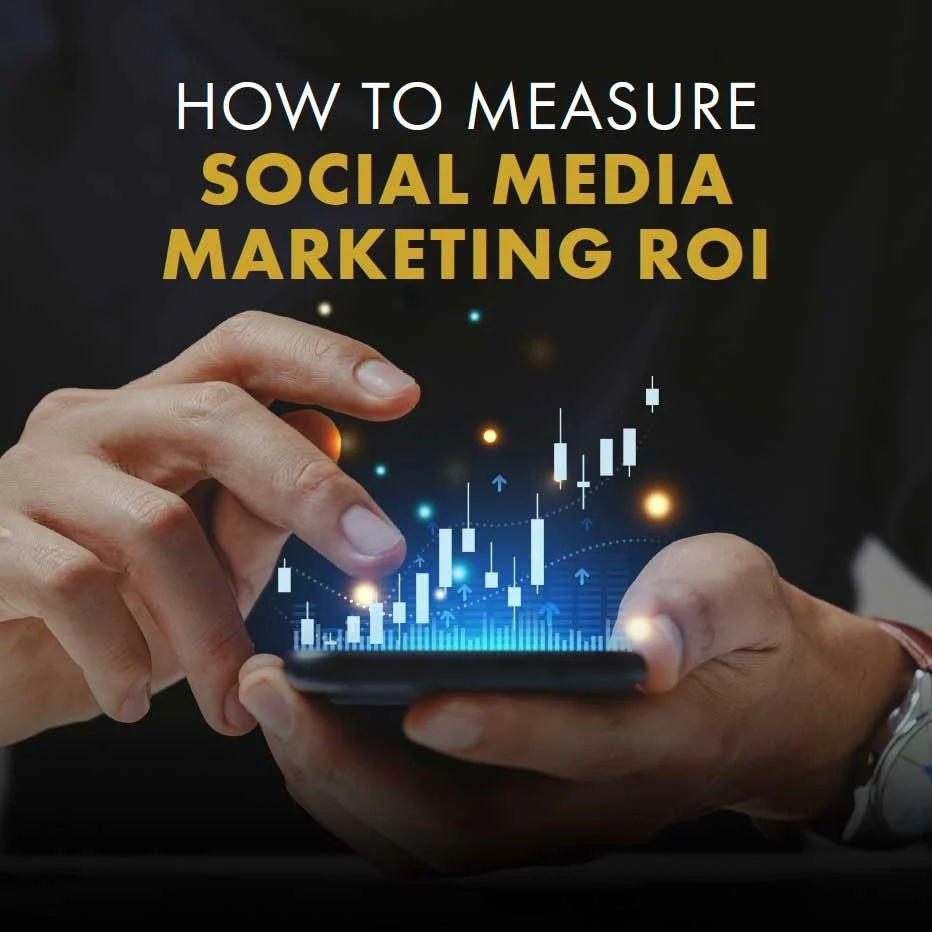SEM or Search Engine Marketing is a succinct way to describe a host of processes that increase visibility on search engines. And if you are interested in SEM, the best way to get started is to set up a paid search campaign in Google Ads.
From here you will choose keywords you think your targeted, prospective customers will search, write ads related to those keywords, and set bids. Your ads are then eligible to show on Google above or below the organic (non-paid) search results. It’s free for your ad to show, but if someone clicks on your ad and goes to your website, you pay for that click. That’s why it’s often referred to as Pay Per Click (PPC), Cost Per Click (CPC), and Paid Search. You’re paying to get a specific audience to click through to your website.
To put it another way, SEM is the use of paid advertising to give your site a higher ranking on the search engine results page (SERPS) and ensure increased visibility. Kind of like wearing highly reflective clothing when out for a run on a dark night, the goal of SEM is to help you stand out!
How Can SEM Help You Reach Your Target Audience?
When you get down to the brass tacks of the thing, what good marketing does is get your message into the path of the right person. Thankfully, SEM ensures that your target audience sees the content you create in their search query results. In other words, you aren’t left competing for organic space as your advertisements are ideally shown at the top of the first page of results.
Consequently, you can effectively reach your target audience, drive traffic and boost conversions. Consider the following benefits of utilizing SEM along with your current marketing strategies:
- Instant Brand Awareness in Search Engines: When left to reach the upper echelons of the search engine results on your own, you can expect to wait up to a year according to Google as this is the average time it takes a quality site to scale the rankings. Conversely, with SEM, you could be on page one, instantly!
- Generate Revenues Quickly: If you utilize your newfound exposure to SEM by combining it with the right marketing strategies, you can generate revenue pretty quickly, seeing sales coming in even on day one.
- It Grows With Your Business: Unlike other forms of advertising, SEM is very fluid in nature. You can increase your scale or expand based on the current needs of your business and what ads are working and which aren’t doing so well.
- It Reaches People in the Right Place & Time: Almost everyone around the world is online and uses search engines like Google to research products and services. This means that through the use of SEM, you are accessing people where they are when they are searching for the product that you just so happen to sell. Right place, right time! SEM also allows you to focus on your prime target persona.
- It Helps Reinforce Name Recognition: Another benefit of SEM is the name recognition aspect. Statistics prove that it takes between seven and 13 touch points to convert someone from a lurker into a buyer. SEM, through the use of search engine placement and other factors, increases these touchpoints, ensuring greater name recognition.
- Cost-Effective Method: SEM strategies can be more cost-effective than other traditional marketing methods. This is because it allows you to be in control of your reach and your target customers. Remember you are only paying for clicks on your paid ads in relation to your SEM strategies, so really, this is a great bang for your buck.
The Structure of a Paid Search Campaign
Now that we know the vital importance of a paid search campaign to make your SEM efforts successful, we will go over some fundamental elements of these campaigns within Google Ads:
- Campaign: Define your geographic target area, budget, and bidding method.
- Ad Groups: Ad groups are housed within your campaign. Use ad groups to organize your keywords and ads by a common theme, such as the types of products or services you want to advertise.
- Keywords: Once you have an idea of how you want your campaign structured, it is time to gather up all of the keywords you want to bid on. Now is the time to think about what terms your prospective customers might type into Google to find a business like yours. These are the terms you want to use as keywords.
- Monitoring: After the campaign is live, review various metrics like clicks, impressions, and conversions to determine which product categories, keywords, and ads bring in the most profit.
SEM is a Must
If you’re a new company looking for more immediate visibility, investing in SEM is a great tactic. Consider it your cheat code for beating the boss! Contact us today to learn more about how to begin utilizing SEM advertising strategies and our Google ads agency.
Originally published 11/23/21 - Updated 4/11/23



.webp)






